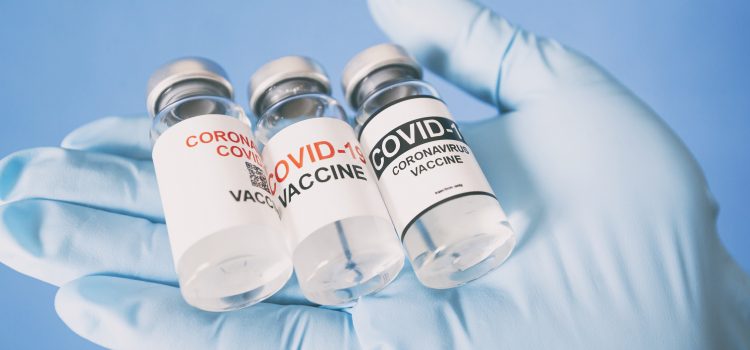With caseloads climbing to levels that exceed previous “worst days” of the COVID-19 pandemic, the potential for significant damage to an already fraught supply chain and worker shortage across multiple industries is high. That includes urgent care centers, of course, as patients seeking refuge from the emergency room or a last-minute COVID test flock to understaffed locations across the country. A new recommendation from the Centers for Disease Control and Prevention offers hope, however. Instead …
Read More









